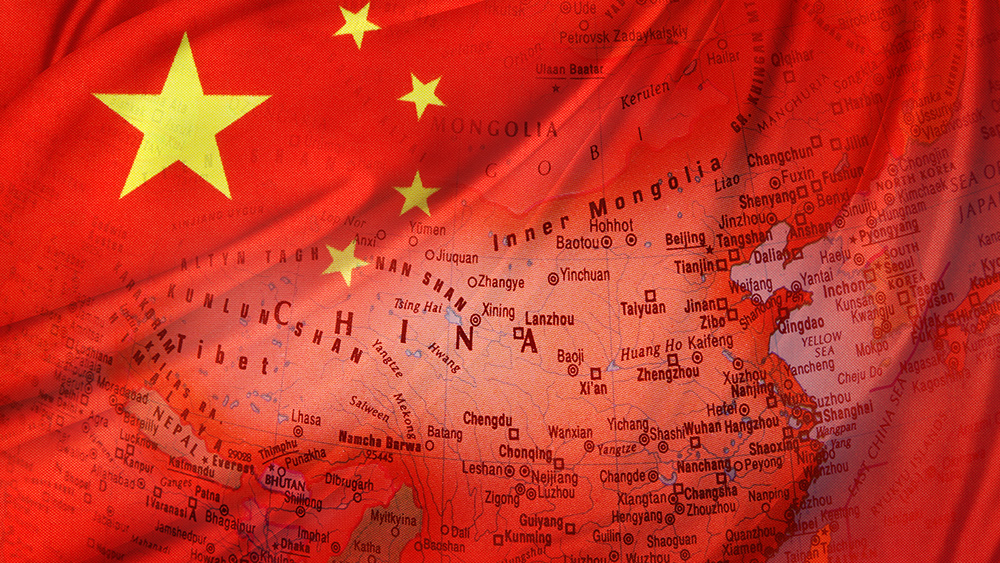- China’s People’s Liberation Army Navy (PLAN) is now the world’s largest navy with over 370 vessels.
- The PLAN is expanding its global presence, operating in distant waters like the Indian Ocean and U.S. Exclusive Economic Zone.
- China’s growing fleet includes advanced warships, submarines, and three aircraft carriers, including the Fujian with electromagnetic catapults.
- Beijing is building naval bases and logistics facilities worldwide to support its global ambitions.
- The U.S. and its allies face a new era of maritime competition as China challenges the post-WWII global order.
The Pentagon’s latest report on China’s military capabilities has raised alarm bells about the rapid expansion of the People’s Liberation Army Navy (PLAN). According to the report, the PLAN has significantly increased its ability to project naval power far beyond its regional waters, posing a new challenge to global maritime security. With more than 370 vessels, the PLAN is now the largest navy in the world, and its growing fleet of advanced warships, submarines, and aircraft carriers is enabling it to operate with greater regularity in distant waters, including the Indian Ocean, the western Pacific, and even the U.S. Exclusive Economic Zone off Alaska.
The PLAN’s expansion is not limited to regional dominance. The Pentagon report highlights China’s efforts to increase its naval presence in the eastern Indian Ocean and the western Pacific, with port calls as far away as the Middle East and Africa. This global ambition is supported by the PLAN’s growing fleet of logistics support vessels, including two new FUYU-class fast combat support ships designed to sustain long-duration deployments. Additionally, China’s expanding amphibious warship fleet enhances its ability to conduct expeditionary operations, further extending its reach.
China’s naval modernization is also evident in its aircraft carrier program. With three carriers currently in service or under construction, including the advanced Fujian, which features electromagnetic catapults, the PLAN is rapidly closing the gap with the U.S. Navy’s carrier fleet. These carriers are escorted by advanced surface combatants, such as the Type 055 guided-missile cruisers, which are equipped with state-of-the-art weapons and sensors. The PLAN’s growing carrier force not only extends air defense coverage for deployed task groups but also enhances its ability to project power, including sea-based land-attack capabilities.
The implications of China’s naval expansion are profound. By increasing its presence in distant waters, Beijing is challenging the U.S.-led global maritime order that has prevailed since World War II. The PLAN’s operations in the Gulf of Aden, the Mediterranean Sea, and the U.S. Exclusive Economic Zone demonstrate its growing confidence and capability to operate far from its shores. This expansion is not merely about military power; it reflects China’s broader geopolitical ambitions.
China’s leaders view a strong navy as essential to protect their country’s global interests, including trade routes, energy supplies, and overseas investments. The PLAN’s permanent base in Djibouti is just the beginning. The Pentagon report suggests that Beijing is considering additional military logistics facilities in countries ranging from Pakistan to the Seychelles, further solidifying its global presence. These facilities would not only support naval operations but also enable the deployment of air and ground forces, enhancing China’s ability to project power across multiple domains.
The U.S. and its allies should be particularly concerned about the PLAN’s growing presence in the western Pacific, where it is conducting increasingly assertive operations near Taiwan and Guam. China’s military exercises around Taiwan, including dual-carrier operations in the South China Sea, underscore its determination to exert control over the self-governing island it claims as its own. These actions risk escalating tensions and could draw the U.S. into a conflict given its longstanding commitment to defend Taiwan.
A new era of maritime competition
The Pentagon’s findings underscore the urgency of addressing China’s naval expansion. As the PLAN continues to modernize and expand, the U.S. and its allies must adapt to this new reality. The U.S. Navy, which has long been the dominant force in global maritime affairs, is now facing a formidable competitor. The challenge is compounded by the fact that the U.S. fleet is struggling to keep pace with China’s shipbuilding capacity, which is estimated to be 200 times greater than its American counterpart.
In this new era of maritime competition, the U.S. must develop innovative strategies to counter China’s growing influence. The stakes are high, not just for the U.S. but for the entire global order. If left unchecked, China’s naval expansion could reshape the geopolitical landscape, undermining the stability and security that have defined the post-World War II era.
Sources for this article include:
